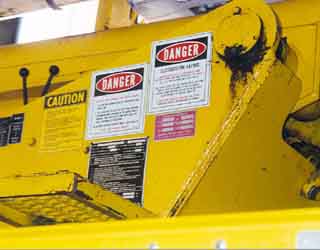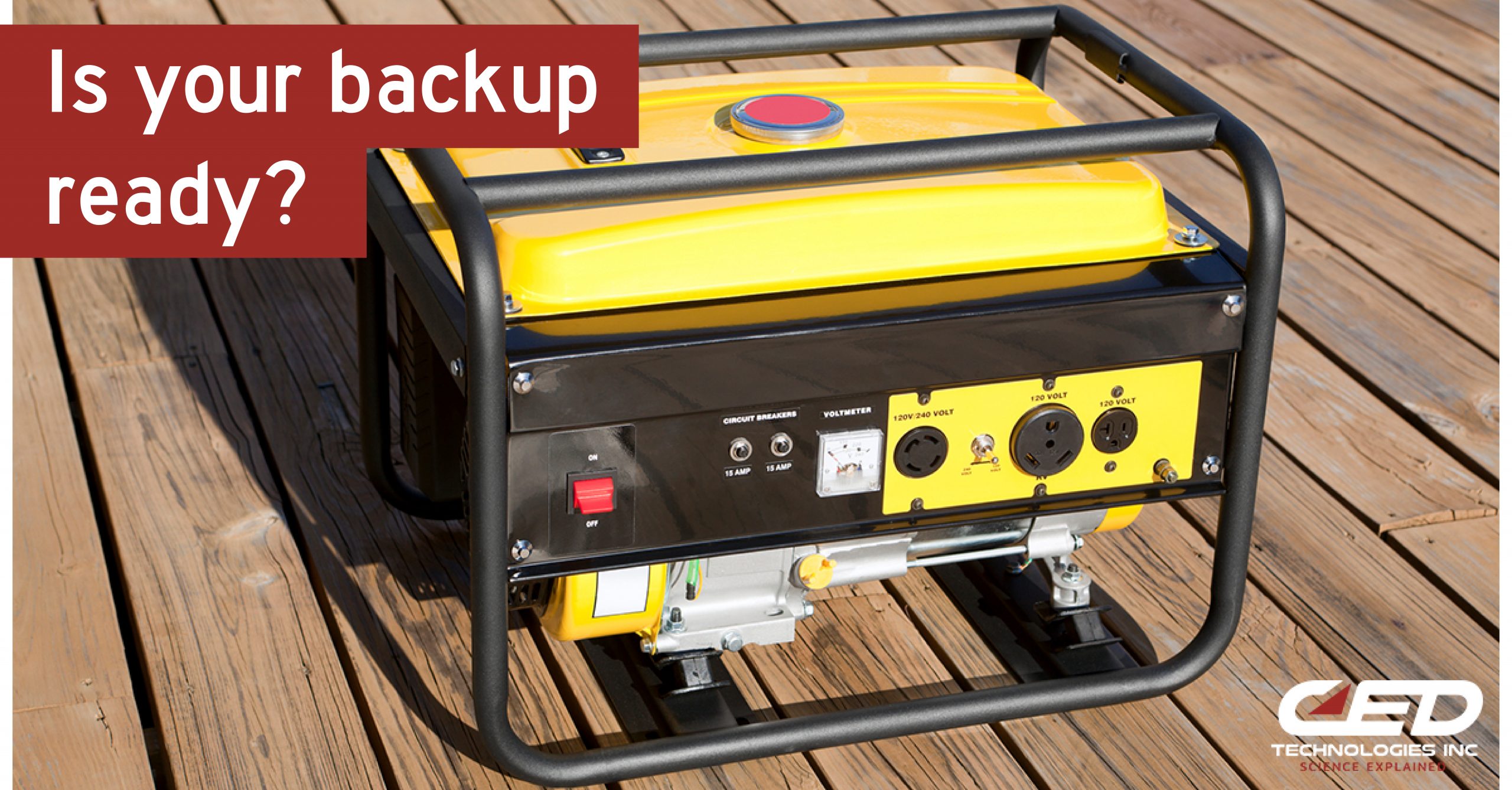Do not remove guard…Caution: Flammable…Indoor use of generator WILL KILL YOU IN MINUTES…Not intended for children under six years of age…Never iron clothes while they are being worn…
These are just a few examples of warning labels that can be found on products we use every day. Are these warnings noticed? Are they effective? How can we tell?
Warning labels have become more and more prevalent in everyday life in recent years in response to personal injury claims and class-action lawsuits. Manufacturers can face liability if their products are found to be defective in design or manufacturing. Assuming that a hazard could not have been designed out or guarded against without changing the utility of a product, manufacturers rely on appropriate warning labels or
signs to counter the claims of potentially injured parties. Effective warning labels, in effect, allow the manufacturer to shift the responsibility of product safety back to the user.
Human factors researchers have conducted numerous studies regarding the effectiveness of various warnings in different applications. Standards have been set by the Occupational Safety and Health Administration (OSHA), the American National Standards Institute (ANSI) and the International Organization for Standardization (ISO) with regard to proper use, placement and content of warning labels. An effective warning should contain recognized signal words, like DANGER, WARNING and CAUTION, and icons or pictorials that convey the hazard, how to avoid the hazard, or the consequences of not avoiding the hazard. The intent of a warning is to inform and if necessary, to modify the behavior of those who could be exposed to hazards. For a hazard warning to be effective it must be noticed, read, comprehended and followed.






